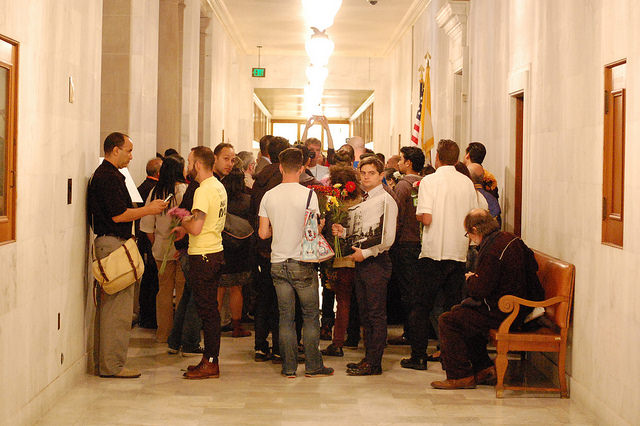Category: Economics
News
- Articles from Policy & Internet
- Books
- Call for Papers
- Child Safety
- Collective Action
- Conferences
- Democracy
- Development
- Economics
- Education
- Environment
- Ethics
- Governance & Security
- Health
- Interviews
- Mapping
- Methods
- Policy
- Politics & Government
- Publications
- Social Data Science
- Submissions Closed
- Tools
- Video
- Wellbeing
-

Should we love Uber and Airbnb or protest against them?
—
in EconomicsSome theorists suggest that such platforms are making our world more efficient by natural selection.…
-

Uber and Airbnb make the rules now — but to whose benefit?
Outlining a more nuanced theory of institutional change that suggests that platforms’ effects on society…
-

Why are citizens migrating to Uber and Airbnb, and what should governments do about it?
What if we dug into existing social science theory to see what it has to…
-

A promised ‘right’ to fast internet rings hollow for millions stuck with 20th-century speeds
—
Tell those living in the countryside about the government’s promised “right to fast internet” and…
-

Does a market-approach to online privacy protection result in better protection for users?
Examining the voluntary provision by commercial sites of information privacy protection and control under the…
-

Will digital innovation disintermediate banking—and can regulatory frameworks keep up?
The role of finance in enabling the development and implementation of new ideas is vital—an…
-

Broadband may be East Africa’s 21st century railway to the world
—
The excitement over the potentially transformative effects of the internet in low-income countries is nowhere…
-

Investigating virtual production networks in Sub-Saharan Africa and Southeast Asia
—
This mass connectivity has been one crucial ingredient for some significant changes in how work…
-

Outside the cities and towns, rural Britain’s internet is firmly stuck in the 20th century
—
The quality of rural internet access in the UK, or lack of it, has long…
-

Economics for Orcs: how can virtual world economies inform national economies and those who design them?
—
in EconomicsUnderstanding these economies is therefore crucial to anyone who is interested in the social dynamics…

